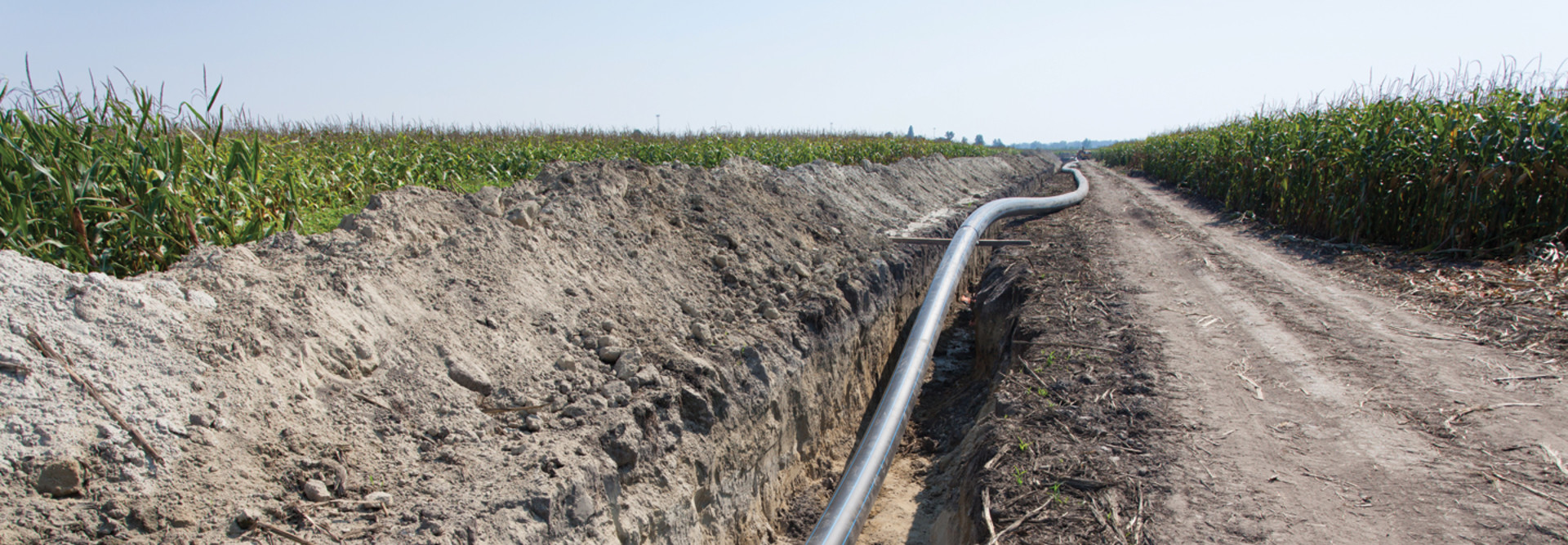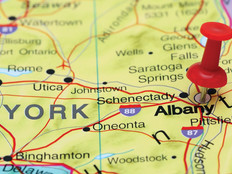What Is the State of Rural Internet Access?
According to the Federal Communications Commission’s latest broadband deployment report, from January 2021, 82.7 percent of those in rural areas had access to broadband at speeds of 25 megabits per second for download/3mbps for upload, compared 98.8 percent of those in urban areas.
Why the shortfall? According to Anna Read, senior officer of the Broadband Access Initiative at Pew Charitable Trusts, it’s due to density.
“Rural areas have fewer customers spread out over larger geographic areas, which can make it difficult and costly to deploy broadband infrastructure,” she says.
Others agree that geography lies at the heart of the broadband issue.
“Low density and large physical distances make it expensive to roll out fiber and cable,” says Rahul Gupta, managing director and the North America lead for Accenture’s cities, transport and infrastructure public service practice. “That combination creates a funding challenge.
“Most of our capabilities are dedicated to urban areas, where the internet service providers, the telecommunications companies and infrastructure companies have a business model. When you get into this very dispersed, low-density, large-distance situation, it costs a lot of money and it’s not the way businesses are set up to make a profit.”
All this has profound practical implications for people who live in rural communities.
“Without broadband, you might see lower property values, decreased job and population growth, lower rates of business formation, higher unemployment rates. These are all part and parcel of a geographic inability to access the internet,” says Ian Greenblatt, managing director of J.D. Power’s technology, media and telecommunications intelligence business unit.
DIVE DEEPER: How can state CIOs encourage broadband expansion?
Options for Expanding Broadband Internet for Rural Areas
In terms of technology, states have a number of avenues open to them. While there are a variety of available ways to get broadband into rural communities, no one path represents a panacea.
“You could say, ‘Let’s roll fiber everywhere,’” says Greenblatt. “But that’s mind-bogglingly expensive and will consume the dollars allotted very quickly. It’s not really cost-effective.”
Satellites represent another possible avenue.












